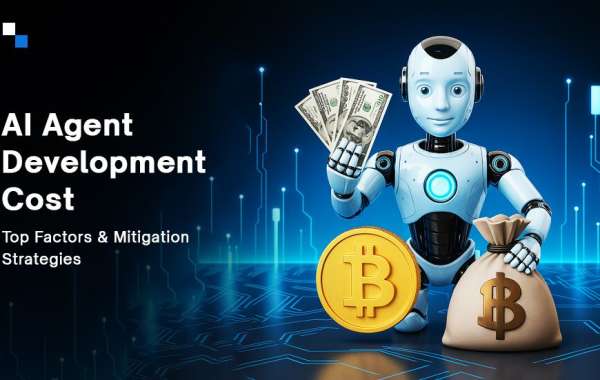Most teams estimating AI agents development cost in 2025 still make a fundamental mistake: they are constrained by a mindset developed in a time when automation was chatbots, fixed workflows, and basic integrations.
In 2021, a "smart agent” was typically a keyword-triggered script or a basic decision tree: cheap, fast, with minimal expectations.
The threshold has changed significantly since then. In 2025, AI agents are not just another automation layer in a workflow. They are multimodal systems capable of reasoning across APIs, accessing a user’s prior states, adjusting the logic depending on use cases, and running in compliance-heavy environments.
When you prepare an estimate without considering all those factors, you are doing more than underestimating; you are contributing to potential rework, compliance violations, and expensive ad-hoc solutions.
The Issues with Legacy Budgeting Methods
When teams scope projects as if it's still 2021, these challenges quickly arise:
- Logic from years ago breaks down when workflows involve memory or escalation.
- No audit trail means the system isn’t compliance-ready.
- Multi-domain agents fail across departments or with diverse user personas.
- Unscalable code bases can’t adapt to changes in APIs.
What really looks like a cost-saving shortcut often turns into hidden technical debt.
What Influences AI Agents' Cost in 2025
Instead of just focusing on “features” (common tech approach), think in terms of durable functions that endure change:
- Context management: Agents that are contextually aware and act, in real time, to changing conditions.
- API resiliency: Agents that can handle latency, timeouts, and dynamic external systems.
- On-chain/off-chain intention: Important for any Web3 or crypto-related use case.
- Auditable and explainable: Essential for enterprise adoption.
- Lifecycle evolution: Because nothing in 2025 is static, not even regulations or APIs.
The Latent Costs of Old Thinking
A digital lending platform originally budgeted around $50K to develop a compliance-ready onboarding agent. On paper, the specifications looked straightforward. But the implementation introduced multiple layers of complexity: region-specific KYC flows, fraud engine integrations, multilingual UI adaptations, and sandbox testing.
By the time the team considered adding anti-money laundering hooks, fallback logic for interrupted user sessions, and a second UX review in the context of AI agent onboarding, the project budget had more than doubled. Not because of any scope creep, but because the assumptions were rooted in outdated AI agent pricing models.
AI Agent in 2025 - What It Takes To Build For Real ROI
It's not only about whether it works on day one, it's about whether it still works on day 100 and day 1,000.
The real ROI of deploying an AI agent shows up when:
- It can evolve without requiring complete rewrites.
- It can accommodate changes in external APIs with minimal human intervention.
- It learns from user interactions to improve output.s
- It mitigates regulatory risk through defensible logs and override functionality.y
- It maintains continuity across tools like Slack, Salesforce, and Layer-2 chains without breaking the logic.
How AI Agent Development Services Work Today
The clever builders ask early:
- Will the agent maintain live context, or will it fall on edge cases?
- Has appropriate fallback logic been accounted for when APIs fail or throw exceptions?
- Can it continue to evolve, without rewriting everything, as onboarding processes change or the market expands?
Those who develop with the future in mind don't treat AI agents as "features". They treat them as systems.
Final Takeaway
More than automation, building resilience is critical to AI agent creation in 2025. And that takes more than code. It demands strategic thinking, robust architecture, and deep domain fluency.
At Antier, a futuristic AI agent development company, we help entrepreneurs create agents with memory, mission, and modularity.
We build for compliance, shifting API’s and multi-stack orchestration - because intelligent agents are not just assistants. They are system-native collaborators.
Let us help you future-proof your automation stack.







